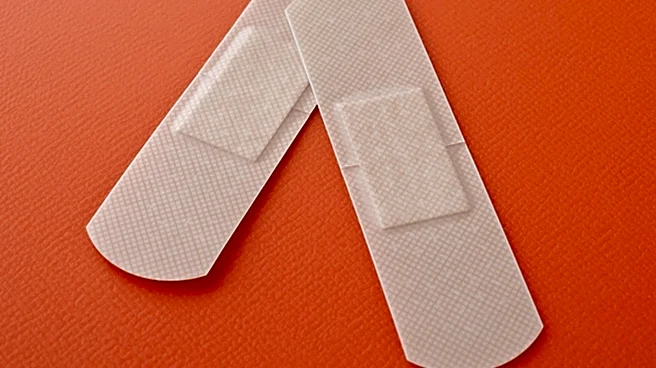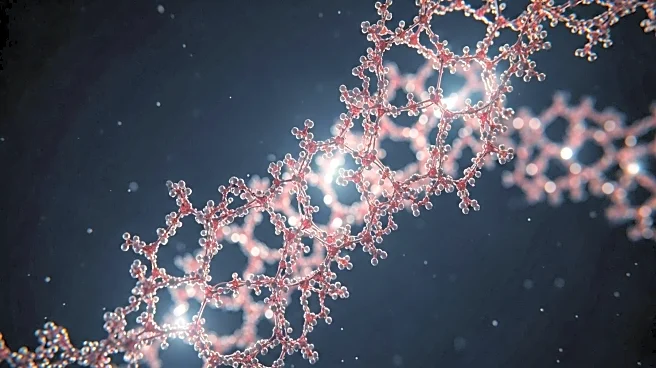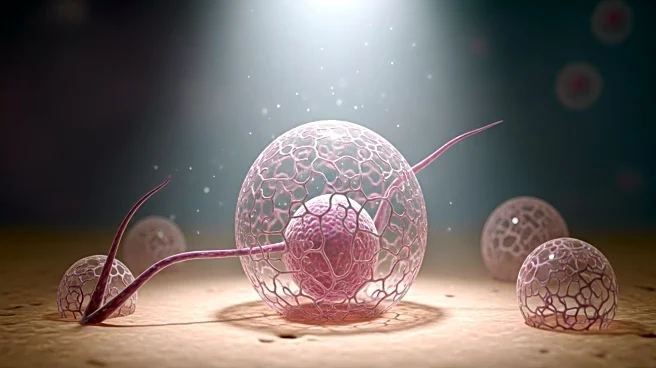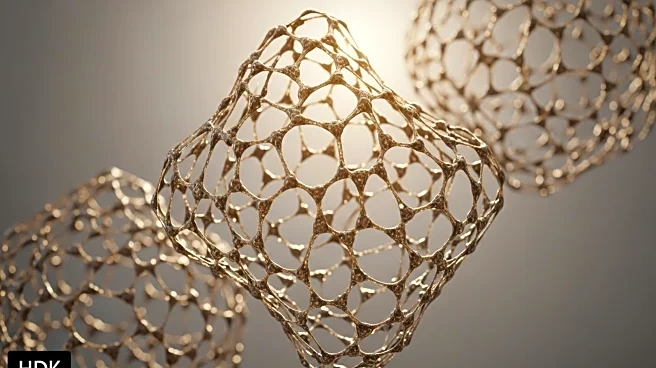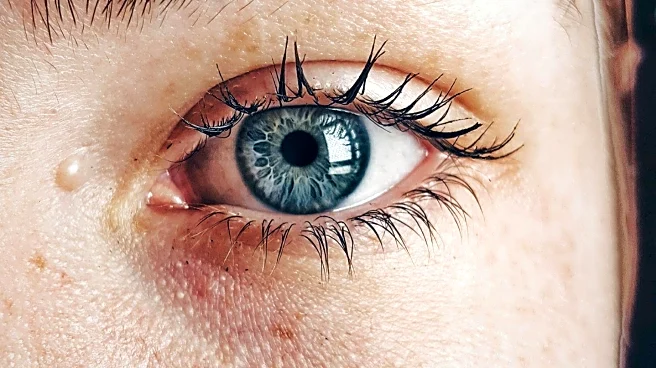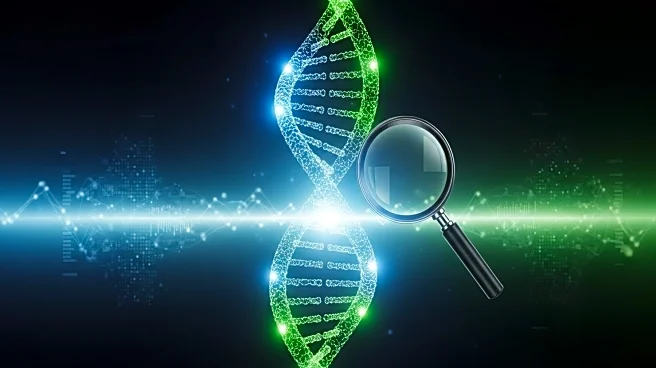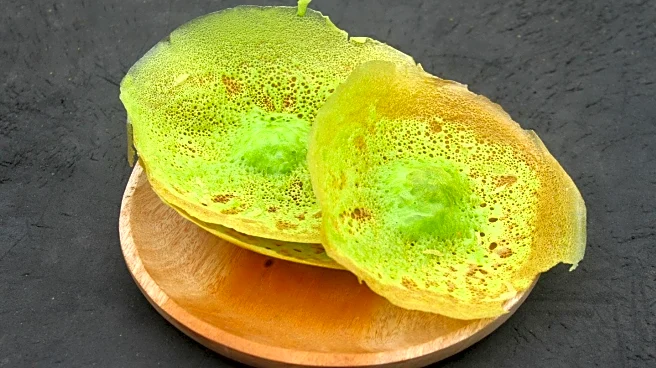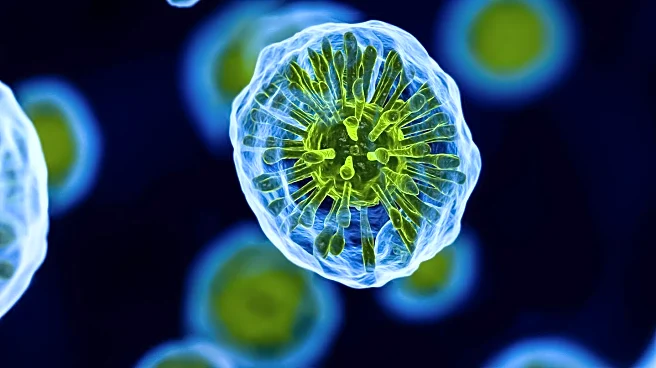What's Happening?
Researchers at the University of Utah are exploring the use of living fungi, specifically Marquandomyces marquandii, as a basis for creating bio-integrated hydrogels for wound healing. These hydrogels mimic the multilayered structure of human skin and soft tissues, offering promising applications in tissue regeneration and engineering. The fungi's mycelium network forms a hydrogel capable of retaining significant moisture, making it suitable for biomedical applications. The research highlights the potential of fungi-based materials to serve as alternatives to synthetic hydrogels, with the ability to adapt their structure based on growth conditions.
Why It's Important?
The development of fungi-based hydrogels represents a significant advancement in biomedical materials, offering a sustainable and biocompatible option for wound healing and tissue engineering. This innovation could lead to more effective treatments for burns and other skin injuries, reducing reliance on synthetic materials that may not integrate as well with human tissues. The ability to tailor the hydrogel's properties through growth conditions opens new avenues for personalized medicine, potentially improving patient outcomes. As the healthcare industry seeks more environmentally friendly solutions, fungi-based materials could play a crucial role in future medical applications.
What's Next?
Further research is needed to fully understand the interactions between fungi-based hydrogels and living tissues, ensuring their safety and efficacy in medical applications. Scientists will continue to explore the optimal conditions for growing these hydrogels, focusing on factors like porosity and structural integrity. As the research progresses, collaborations with medical professionals and regulatory bodies will be essential to bring these innovative materials to clinical settings. The potential for fungi-based hydrogels to revolutionize wound care and tissue engineering could lead to new partnerships and funding opportunities in the biomedical field.
